Middleham Castle – Home of Richard III
This is post # 11 from my recent tour of England and Scotland with Canadian military adventure specialists Liberation Tours. The tour is being led by Phil Craig who is also well known as a thespian, appearing in such movies as The Time Traveler’s Wife and Cinderella Man, among many others. He is also a Shakespearean actor, having played numerous important roles on stages around the world. This afternoon we are visiting Middleham Castle, the boyhood home of Richard III, whom Shakespeare made into one of literature’s greatest villains, but I know from discussions with Phil that he has a different view of the man. Join us as we tour the ruins of a once grand medieval castle and get Phil’s point of view on Richard III.
Middleham Castle sits dab in the middle (no pun intended) of the quintessential northern English town of Middleham. We arrive after touring the UNESCO World Heritage Site at Fountains Abbey & Royal Studley Water Gardens about which I wrote in my last post . The town of Middleham is basically one main street that looks like it hasn’t changed much in over a hundred years.
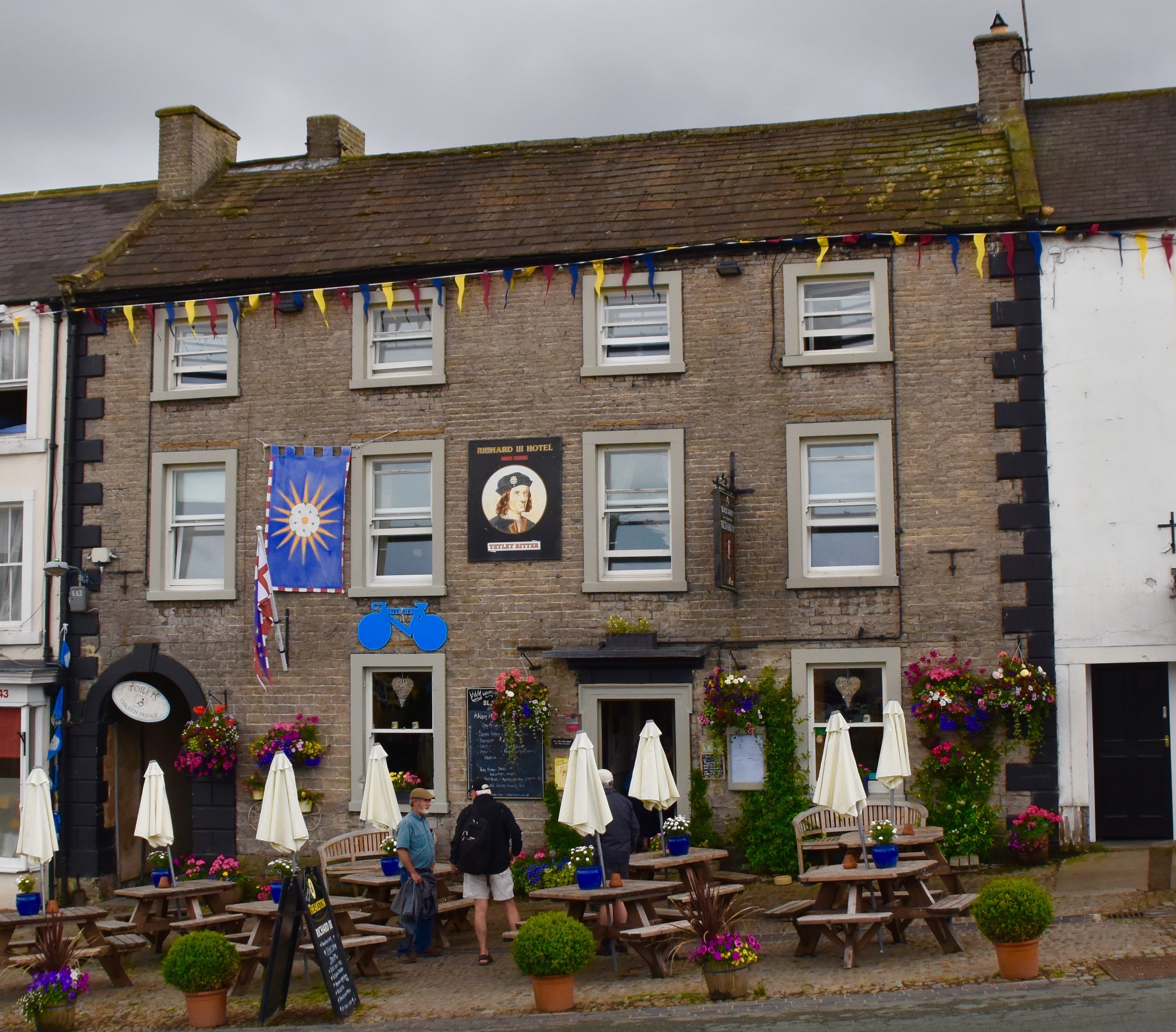
Our first destination is the appropriately named Richard III Hotel where an excellent pub lunch washed down with local Wensleydale ale awaits us. Liberation Tours does a great job of sussing out special restaurants that not only offer good locally sourced food, but fit in very well with the theme of the tour, which on this tour is Medieval Britain: Castles, Cannons & Crowns. And of course this afternoon it’s Richard III.
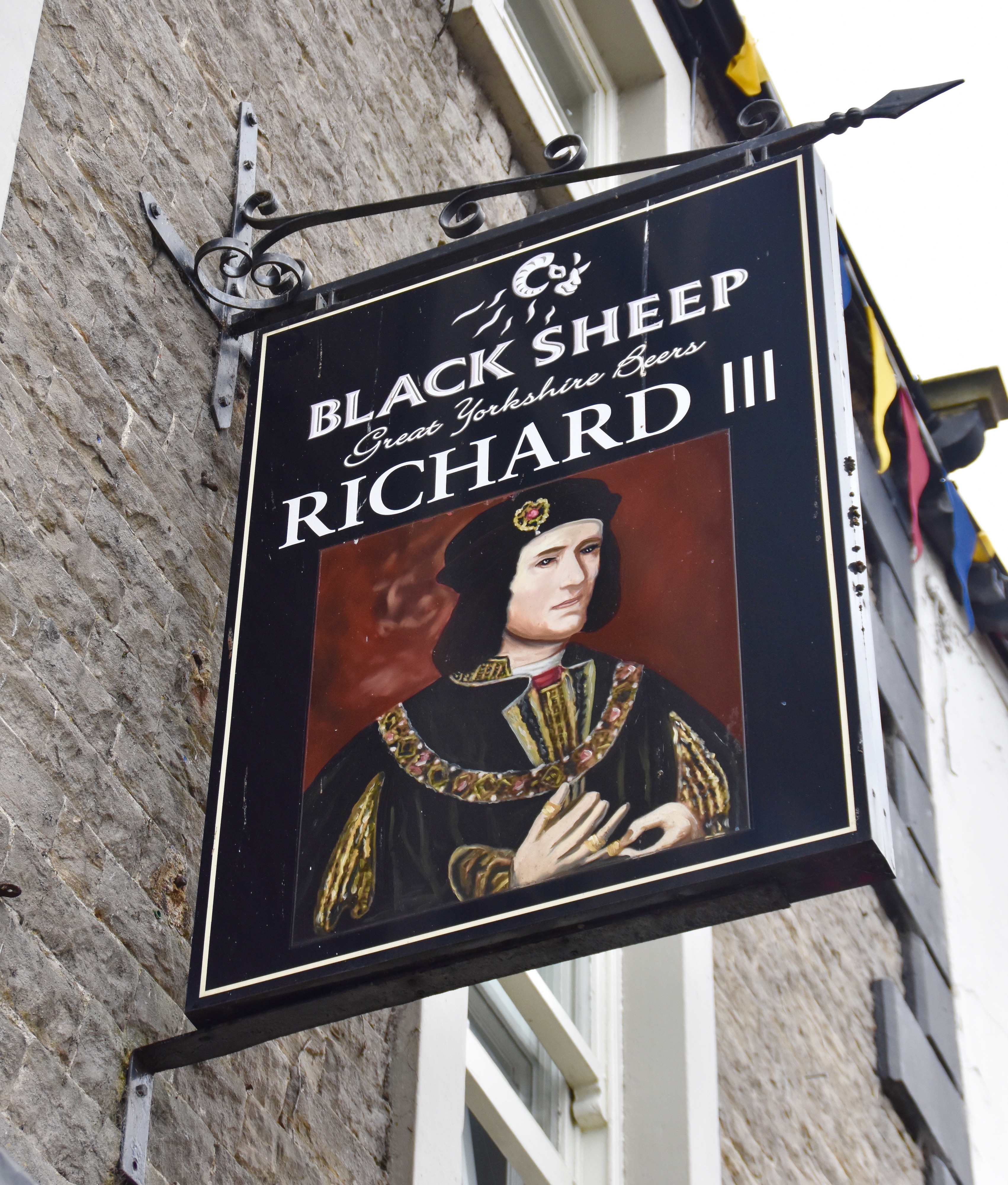
History of Middleham Castle
Although there probably was a fortified position near the site of the present castle as early as the 11th century, the castle we are visiting this afternoon dates from the late 12th century. In 1258 one Mary fitz Ranulph inherited the castle and when she married Robert Neville in 1260 it became one of the strongholds of the powerful Neville family for the next three hundred years. During this time work on expanding the castle seemed to be never ending. At its height it would have looked roughly like this.
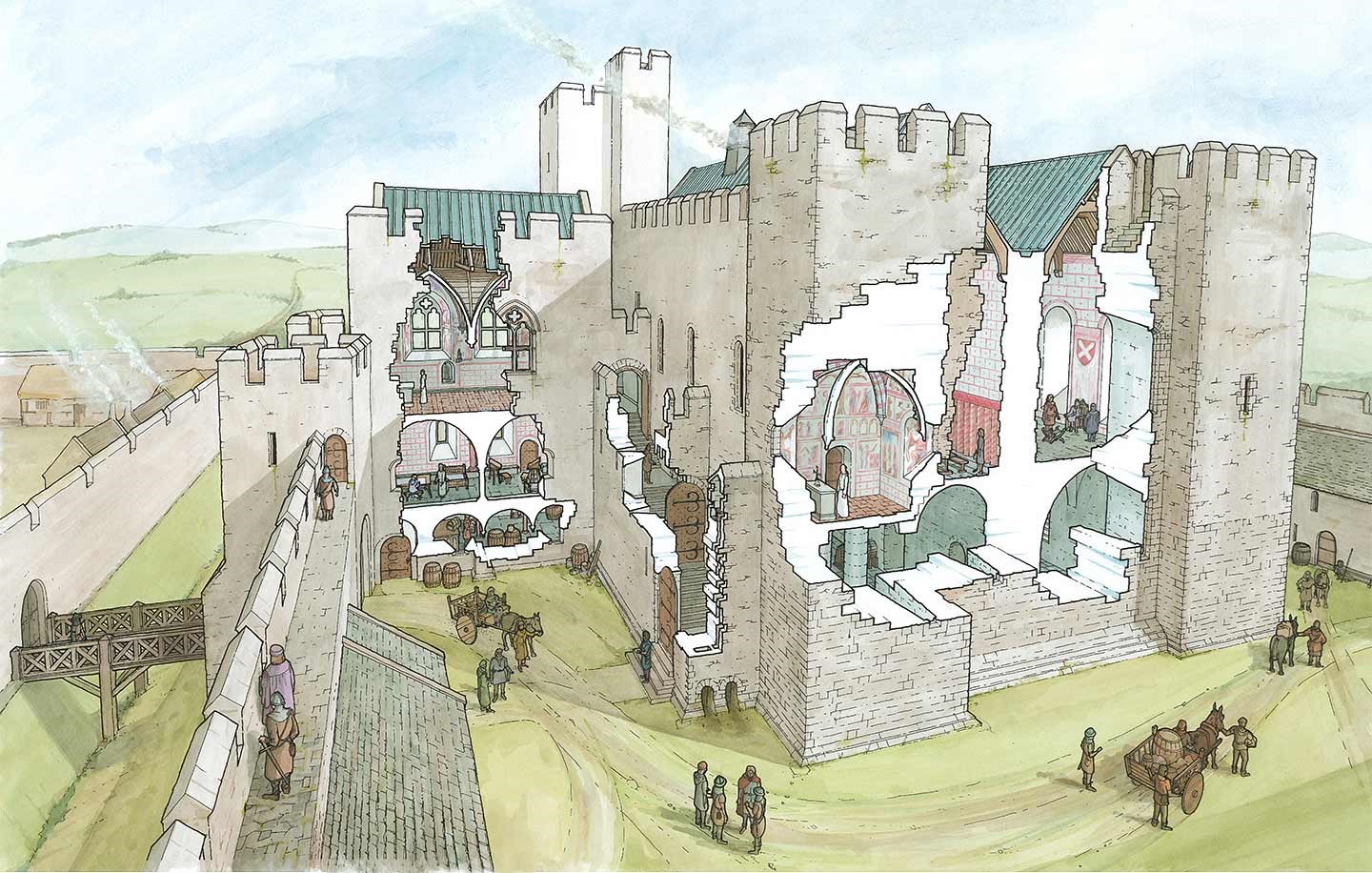
As part of this tour we have visited sites of importance in the War of the Roses at Tewkesbury and Towton. If you read my posts on these two battles you will get a better appreciation of just how complex this war was and how many different claimants to the English throne came and went over the thirty years it raged across all of England. One of the key figures was Richard Neville, Earl of Warwick, aka The Kingmaker who we first met on this journey when we toured his amazing Warwick Castle a few days earlier. Warwick was responsible first for deposing Henry VI and replacing him with Edward IV and then by returning Henry VI to the throne a second time, albeit shortly, as he was killed at the Battle of Barnet in 1471 and Henry probably murdered in the Tower of London a short time later.
This probably should have been the end of the Neville family fortunes, but Anne, second daughter of Warwick who had no sons, married Henry VI’s son Edward of Westminster who promptly got himself killed at the Battle of Tewkesbury. Deprived of a queenship she then married Edward IV’s youngest brother Richard and her older sister Isabel married George, the second of the three Plantagenet boys. George got himself executed for treason by being drowned in a barrel of Malmsey wine – Shakespeare blamed this on Richard, but there is no historical support for that proposition.
Edward IV rules peacefully for a dozen years until his death at age 40 from an unexplained disease, maybe pneumonia or typhoid fever or was he poisoned?
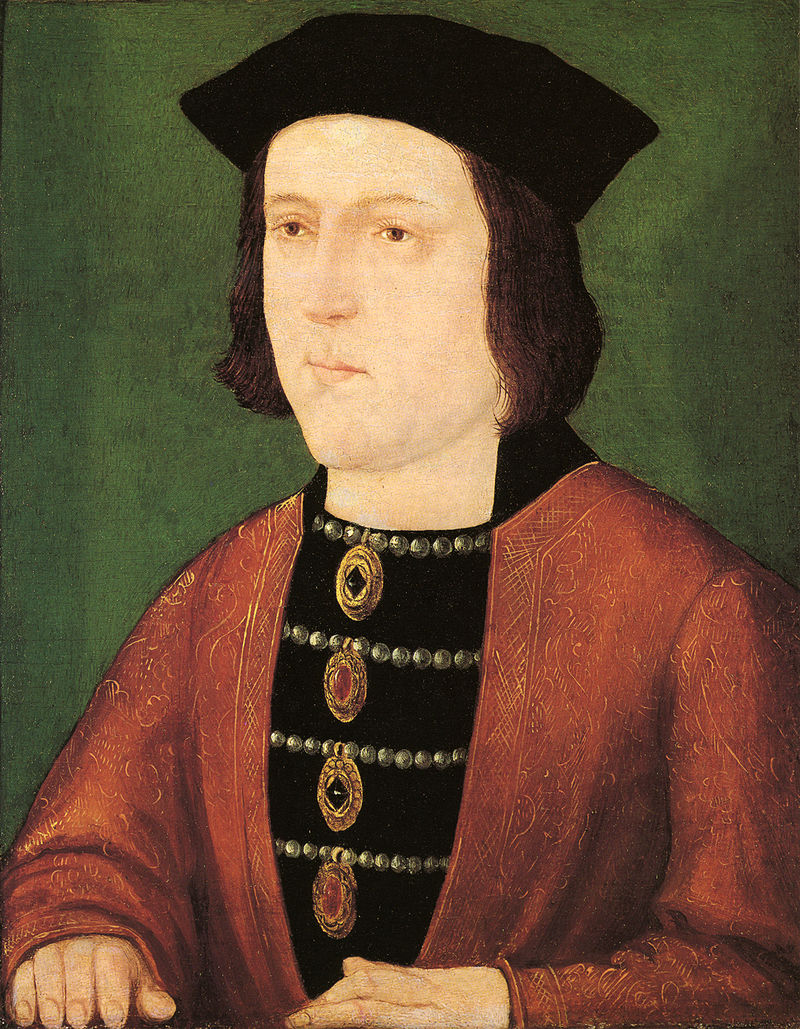
In his will Edward named Richard as Protector of the young Edward V and his brother Richard, Duke of York. Before Edward could be coronated, the English Parliament in an act known as Titulus Regius, declared Edward IV’s marriage to Elizabeth Woodville bigamous, thus delegitimizing Edward V’s claim to the throne and naming Richard, Duke of Gloucester as Richard III. Shortly after both Edward and his brother Richard disappeared and were never seen again. The search for their bones was ongoing for centuries until in 1674 the skeletons of two small children were found in a box by workmen doing some renovations. These were widely assumed to be the bones of the ‘Princes in the Tower’ as they were now widely called and reburied in Westminster Abbey.
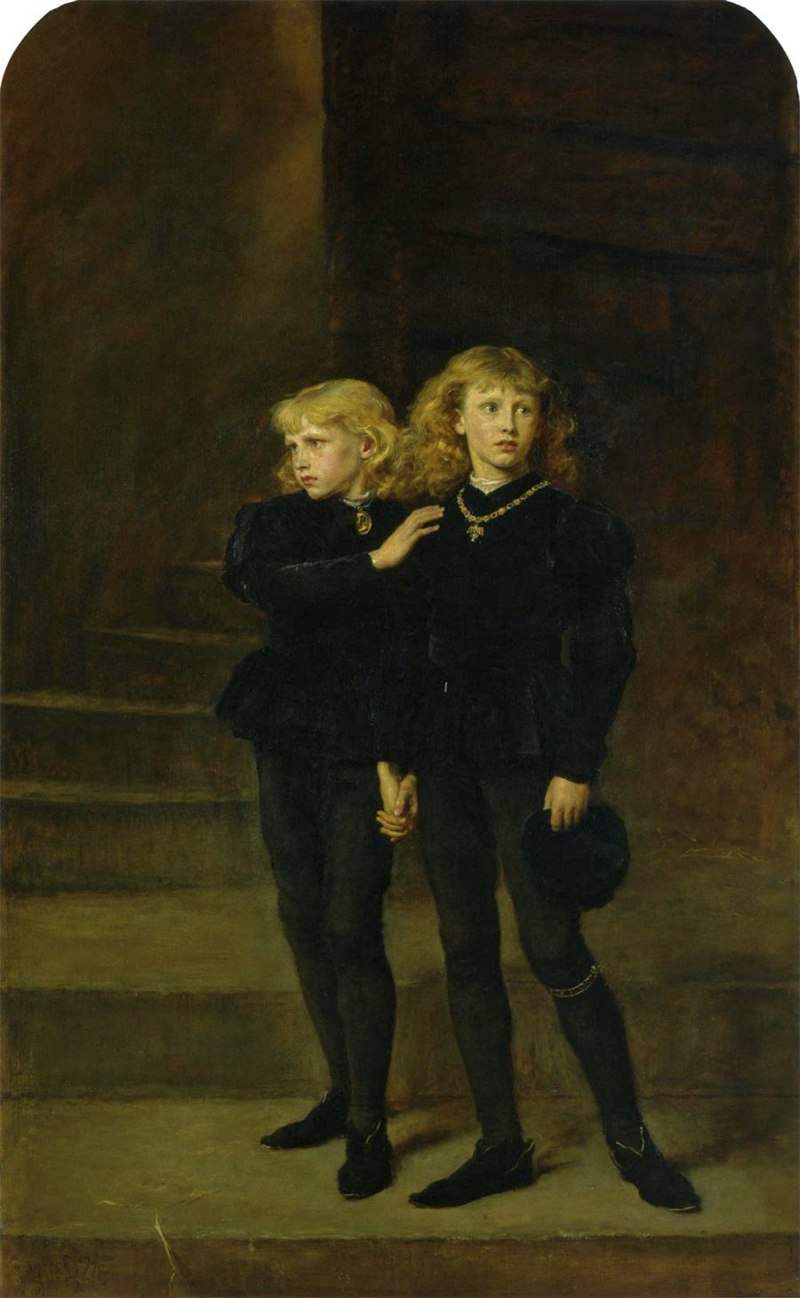
Ironically the same process that definitively identified Richard III’s remains in 2012 by using mitochrondial DNA, may now settle once and for all if the bodies found in the Tower are those of the missing princes. Just this summer it was announced that a direct descendent through the maternal line has been identified and that her mitochrondial DNA will establish with certainty if these are Edward V and Richard. The results aren’t in yet, but it’s only a matter of time.
Sorry for that short detour, but everything about Richard III is fascinating and much of it occurred in Middleham castle where his brother Edward IV was a visitor and where he returned to use as his base when his legitimacy as king was disputed, first unsuccessfully and a second time successfully by Henry Tudor. Richard III died at the Battle of Bosworth Field in 1485, the victim of treachery by a number of factions he thought were his allies. He was unhorsed and hacked to death, but certainly never uttered the words, “A horse, a horse, my kingdom for a horse”.
The Castle Today
After Richard III’s death Middleham Castle was forfeited to the Crown where title remained until 1604 when James I sold it to a private buyer and it remained in private hands until 1930 when it was gifted to the Crown once again and is now administered by English Heritage a not-for-profit trust that manages over 400 English Heritage sites. Sadly, from the time of Richard III this once grand castle seems to have slowly simply fallen apart until today it can more fairly be described as a ruin than an actual castle. Here’s what Middleham Castle looks like today.
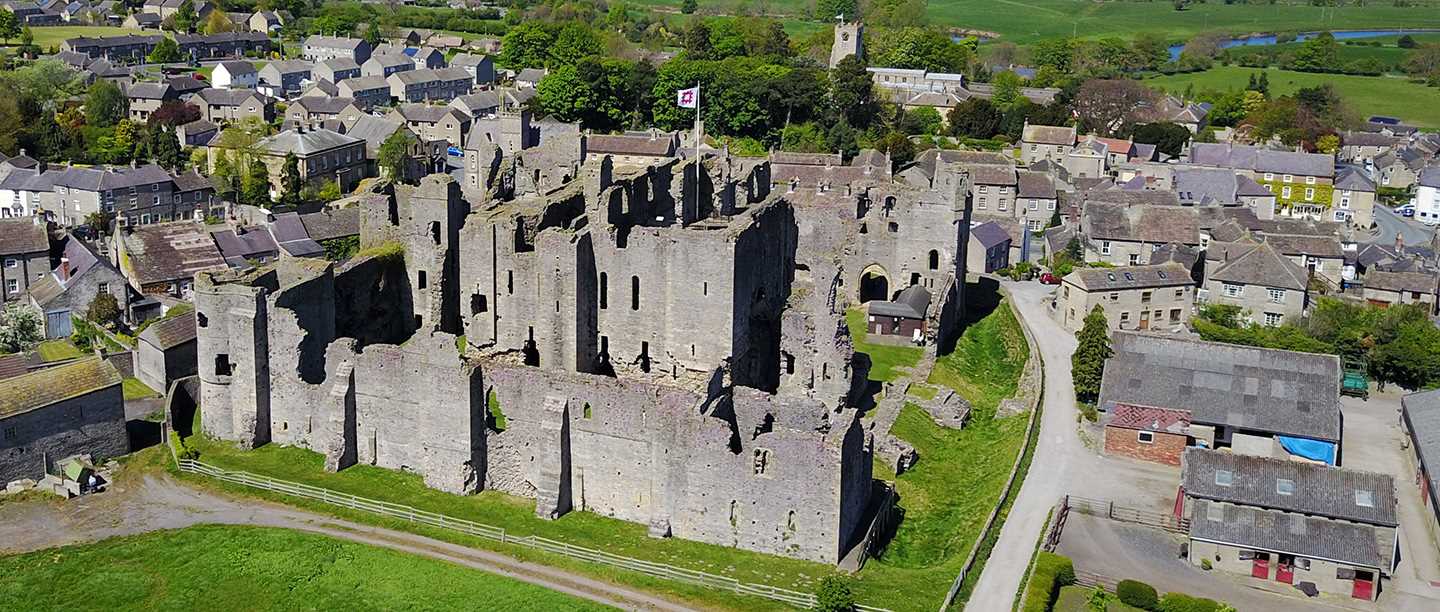
Still, ruined or not, exploring this place of such historic importance is more than worthwhile.
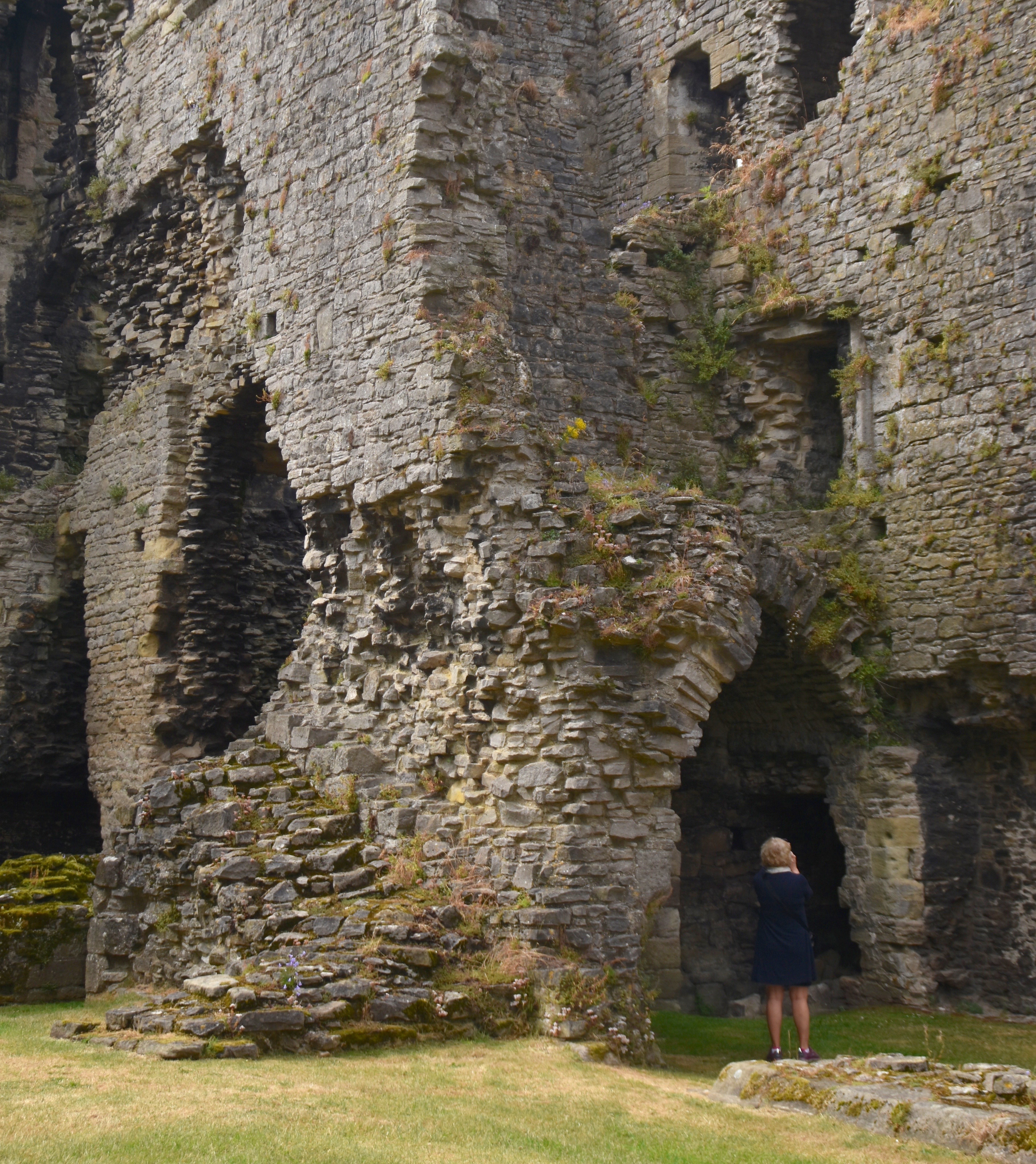
Here is what is left of the Great Hall.
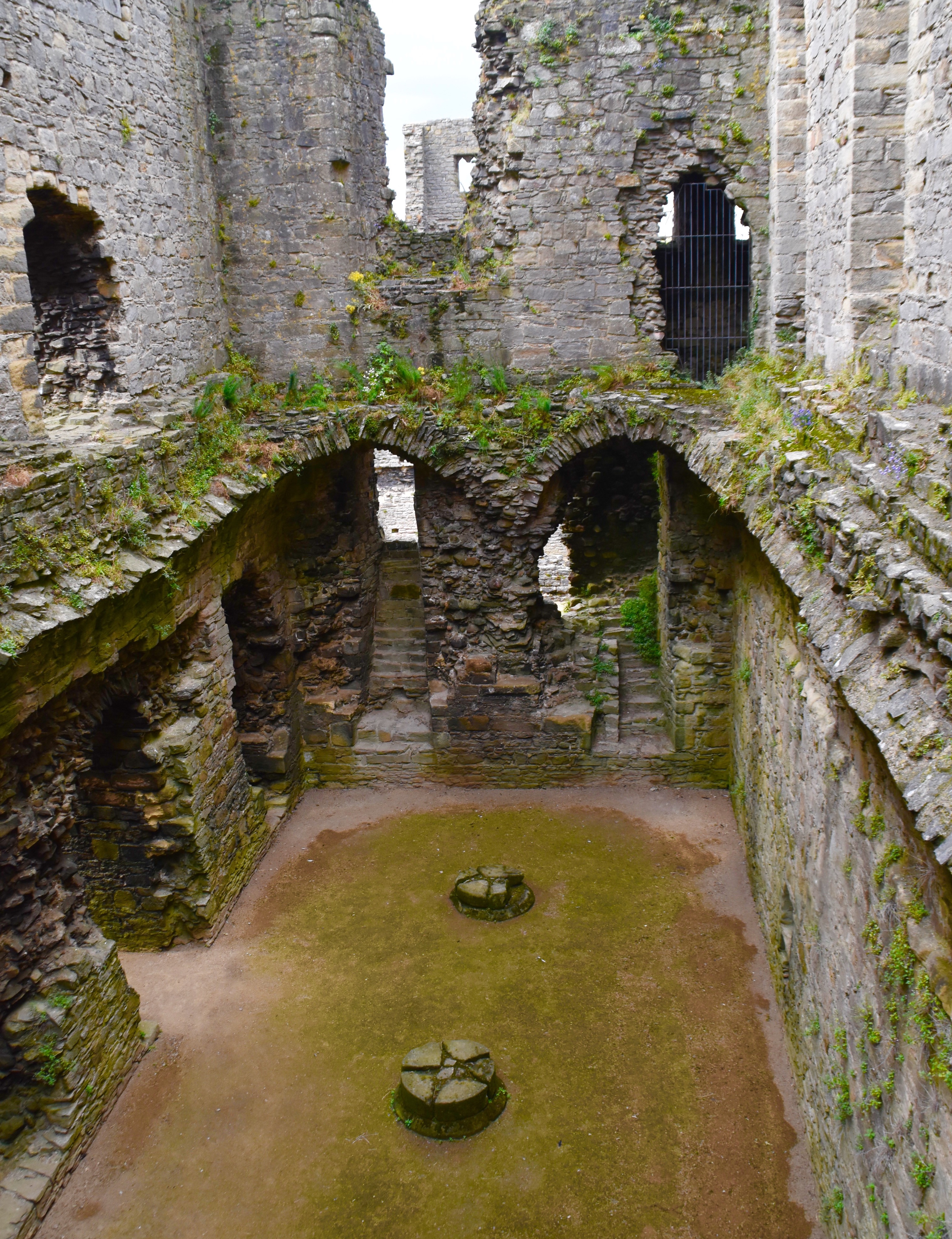
The views of the Yorkshire countryside from Middleham Castle are exquisite.
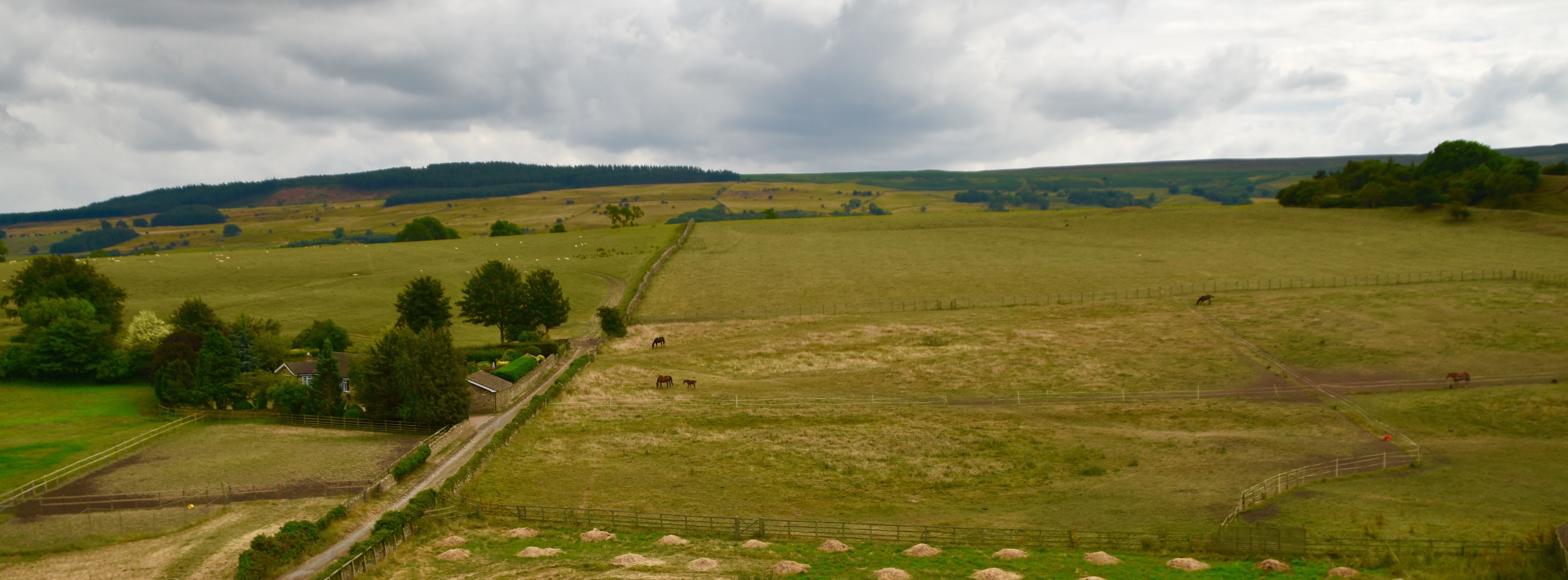
This is horse country and there are some equine beauties in a field beside the castle.
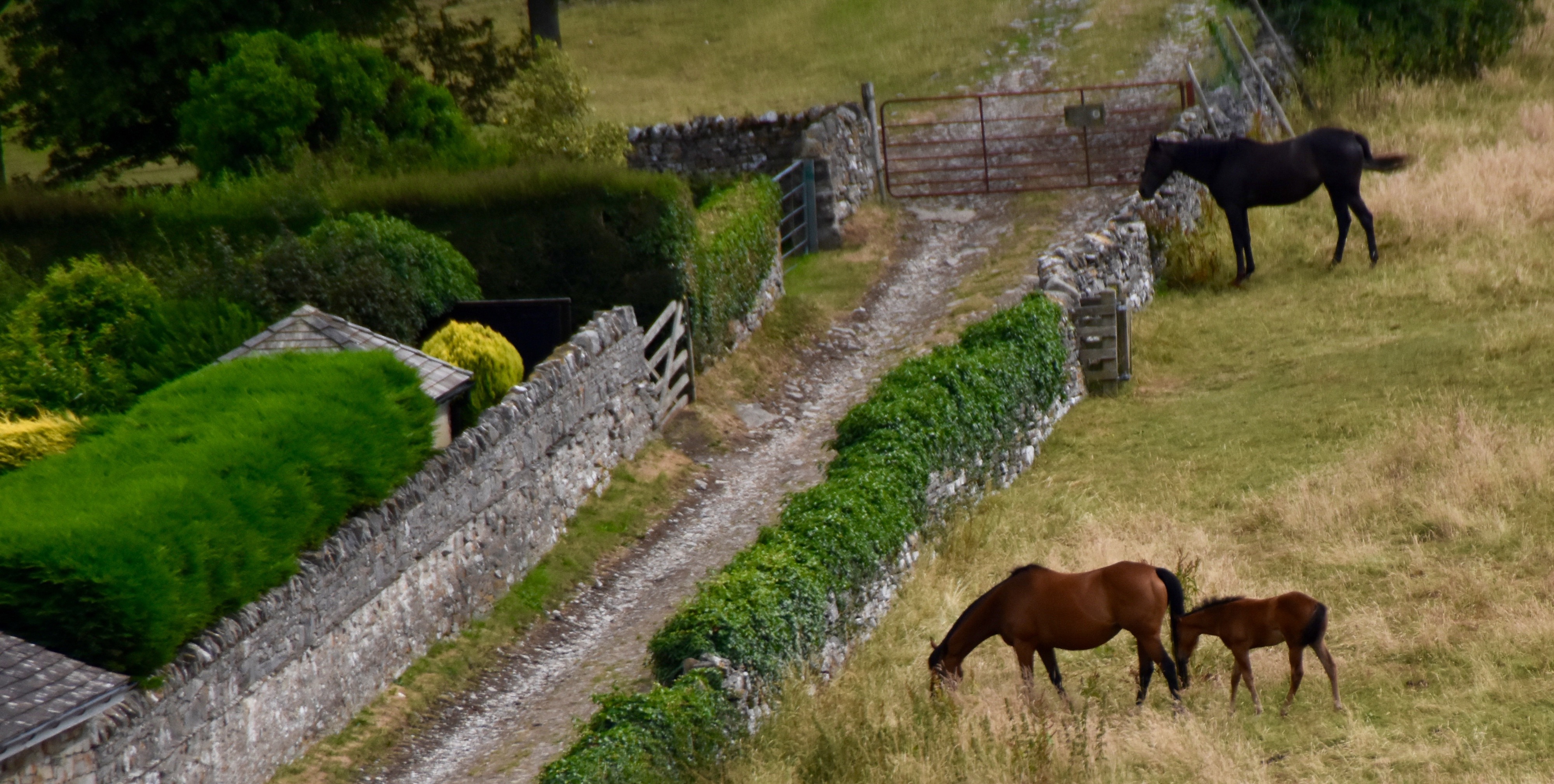
And there is a great view of the town of Middleham as well.
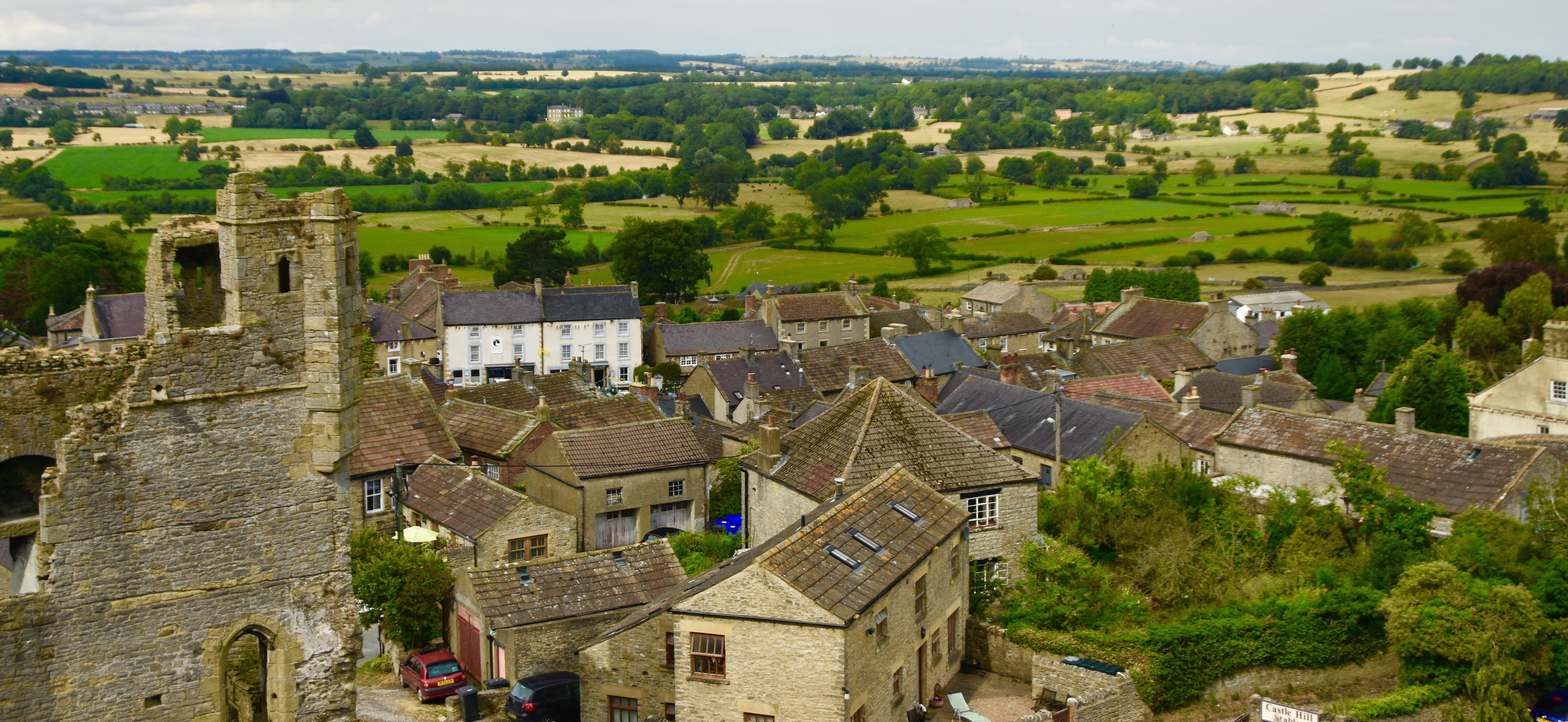
After concluding our exploration of the castle we return to where Phil stands beside the somewhat bizarre statue of Richard III and gives us his opinion of this much maligned king.
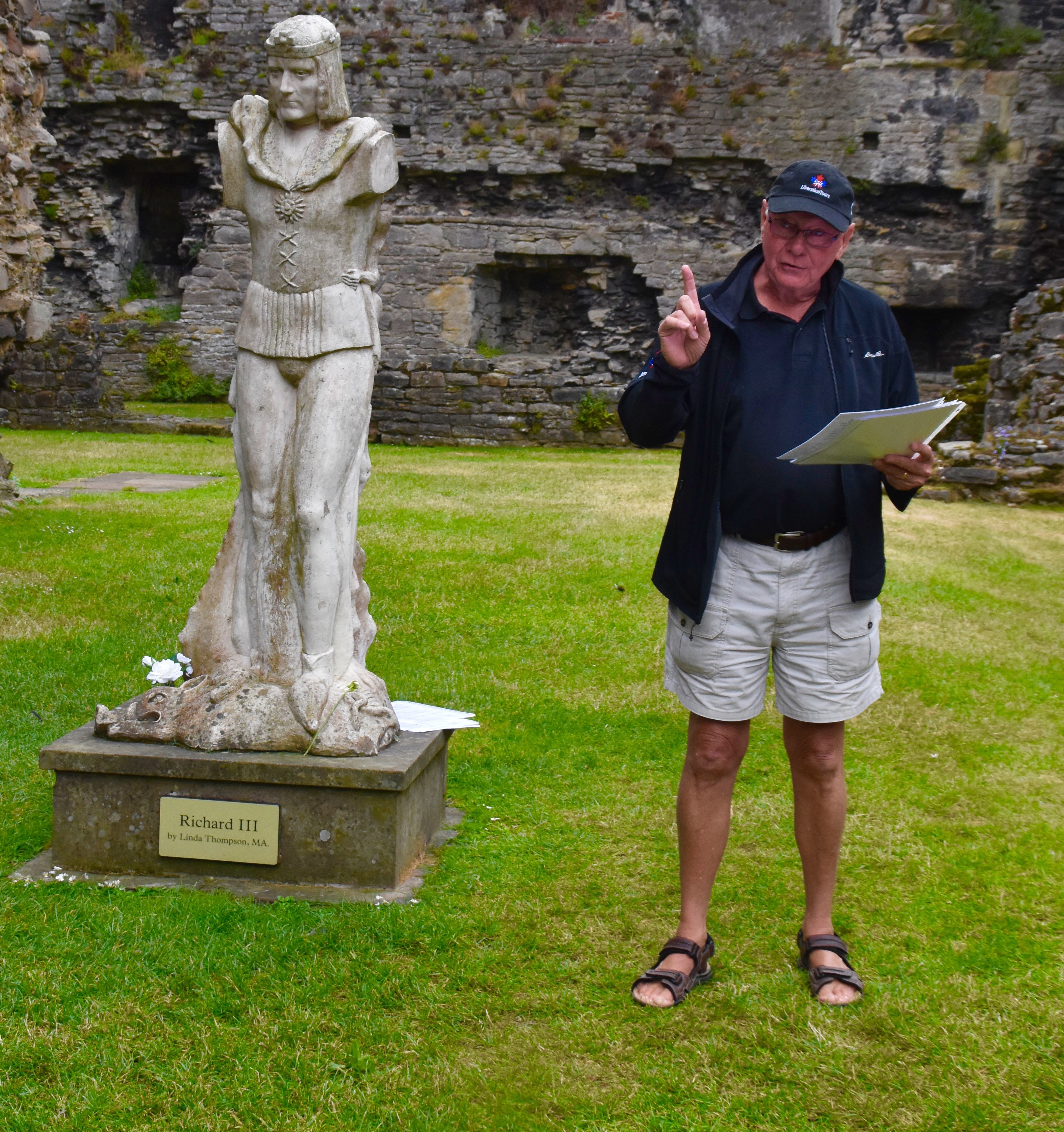
There is a great series of audiobooks titled Shakespeare Appreciated which help modern audiences understand the context of each of the plays that they have produced so far. It cannot be stressed enough that Shakespeare was writing for a late 16th century audience that he assumed would be familiar with certain background facts or references from earlier plays that readers today will not know. It’s also important to keep in mind that he was keenly aware that keeping favour with the Crown was critical to his success. With these thoughts in mind Phil tells us the background of Shakespeare’s Richard III in which he is portrayed as a depraved hunchback who murders all in the way to his quest for a throne that he has no right to sit on.
Although the exact date the play was written is uncertain, it is certain it was during the reign of Elizabeth I, a direct descendant of Henry VII, the victor at Bosworth Field and the beginning of the Tudor dynasty. The last thing Shakespeare was going to do was piss off the Queen by portraying Richard III in anything but an unfavourable light. To do otherwise would be a not so subtle suggest that the Tudors were the illegitimate usurpers from the Plantagenets. Thus, Shakespeare threw historical accuracy to the wind and created one of literature’s greatest villains, Portrayed on stage and screen by many of the great actors of the last two centuries. My favourite is the campy Tower of London with Vincent Price hamming it up as Richard.

Phil does his best to redeem Richard’s legacy. He was not a hunchback as proven by his recently identified remains. He certainly didn’t murder a number of kings as Shakespeare implies. He was actually a very capable military commander. However, until the DNA tests come back on those two bodies in a box, the jury will still be out.
Today’s visit to Middleham Castle was a classic example of how history comes alive when you are actually in the places where it took place. Next we’re off to Hadrian’s Wall and the Roman settlement of Vindolanda. Hope you’ll join us.

